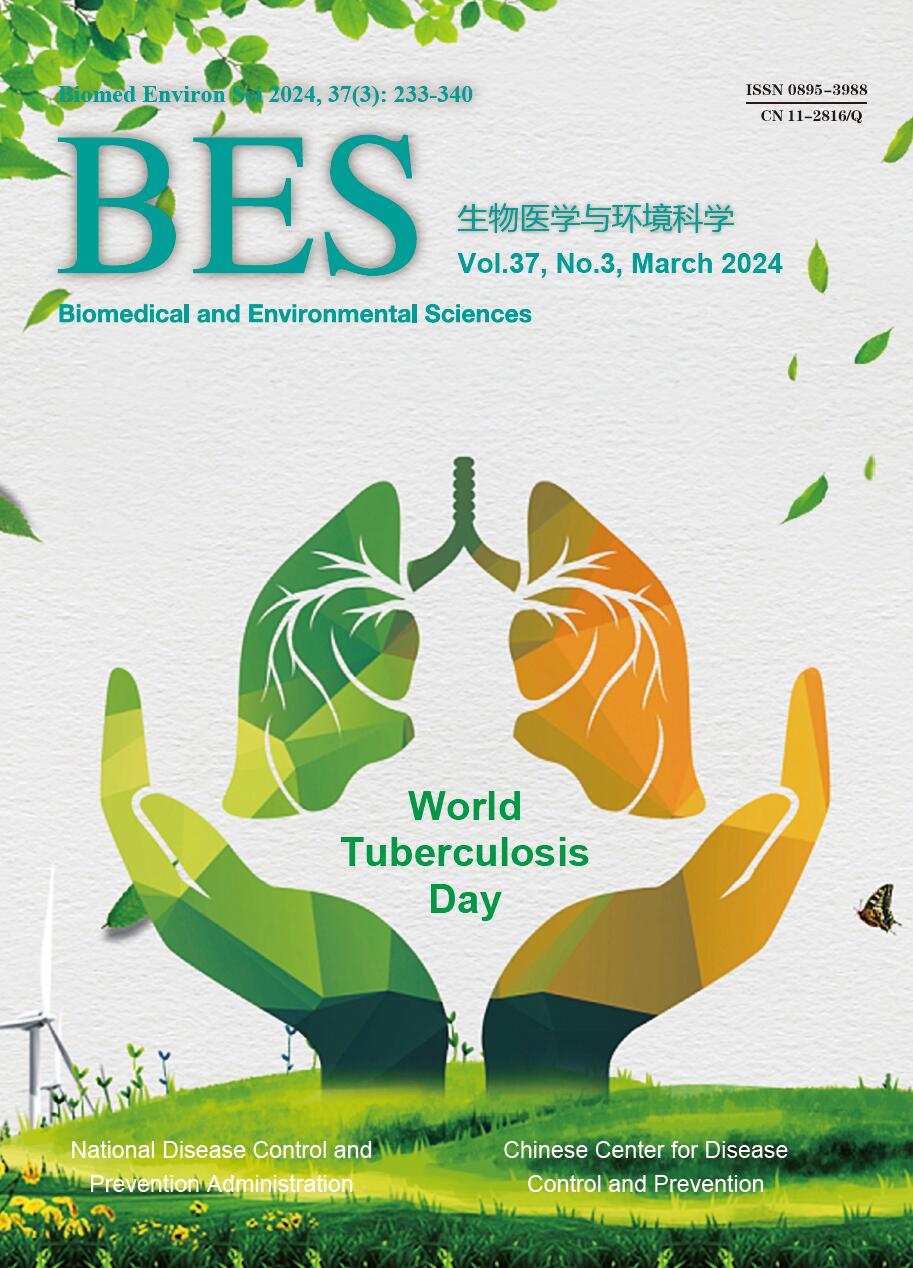2016 Vol. 29, No. 8
ObjectiveVery early-onset coronary artery disease (CAD) is a great challengein cardiovascular medicine throughout the world, especially regarding its early diagnosis. This study explored whether circulating microRNAs (miRNAs) could be used as potential biomarkers for patients with very early-onset CAD. MethodsWe performed an initial screening of miRNA expression using RNA isolated from 20 patients with angiographically documented very early-onset CAD and 20 age- and sex-matched normal controls. For further confirmation, we prospectively examined the miRNAs selected from 40 patientswithvery early-onset CAD and 40 angiography-normal controls. ResultsA total of 22 overexpressed miRNAs and 22 underexpressed miRNAs were detected in the initial screening. RT-qPCR analysisof the miRNAs obtained from the initial screening revealed that four miRNAs including miR-196-5p, miR-3163-3p, miR-145-3p, and miR-190a-5p exhibited significantly decreased expression in patients compared with that in controls (P<0.05).The areas under the receiver operating characteristic curve for these miRNAs were 0.824 (95% CI, 0.731-0.917;P<0.001), 0.758 (95%CI, 0.651-0.864;P<0.001), 0.753 (95% CI, 0.643-0.863;P<0.001), and 0.782 (95% CI, 0.680-0.884;P<0.001), respectively, in the validation set. ConclusionTo our knowledge, this isan advanced study to report about four serum miRNAs (miR-196-5p, miR-3163-3p, miR-145-3p, and miR-190a-5p) that could be used as novel biomarkers for the diagnosis of very early-onset CAD.
ObjectiveNo previous studies have evaluated the association between dyslipidemia, alcohol drinking, and diabetes in an Inner Mongolian population. We aimed to evaluate the co-effects of drinking and dyslipidemia on diabetes incidence in this population. MethodsThe present study was based on 1880 participants from a population-based prospective cohort study among Inner Mongolians living in China. Participants were classified into four subgroups according to their drinking status and dyslipidemia. Multivariate logistic regression analysis and receiver operating characteristic (ROC) curves were used to evaluate the association between alcohol drinking, dyslipidemia, and diabetes. ResultsDuring the follow-up period, 203 participants were found to have developed diabetes. The multivariable-adjusted odds ratios (95% confidence interval) for the incidence of non-dyslipidemia/drinkers, dyslipidemia/non-drinkers, and dyslipidemia/drinkers in diabetic patients were 1.40 (0.82-2.37), 1.73 (1.17-2.55), and 2.31 (1.38-3.87), respectively, when compared with non-dyslipidemia/non-drinkers. The area under the ROC curvefor a model containing dyslipidemia and drinking status along with conventional factors (AUC=0.746) was significantly (P=0.003) larger than the one containing only conventional factors (AUC=0.711). ConclusionThe present study showed that dyslipidemia was an independent risk factor for diabetes, and that drinkers with dyslipidemia had the highest risk of diabetes in the Mongolian population. These findings suggest that dyslipidemia and drinking status may be valuable in predicting diabetes incidence.
2016, 29(8): 563-573.
doi: 10.3967/bes2016.075
ObjectiveThe custom-homebuilding company, Cosmic Garden Co. Ltd., located in Okayama City, Japan was established in 1997 and uses specific natural ore powder (SNOP) in wall materials and surveys customers in order to improve allergic symptoms. MethodsTo investigate the biological effects of SNOP, patients with a pollen allergy were recruited to stay in a room surrounded by cloth containing SNOP (CCSNOP), and their symptoms and various biological parameters were compared with those of individuals staying in a room surrounded by control non-woven cloth (NWC). Each stay lasted 60 min. Before and immediately after the stay, a questionnaire regarding allergic symptoms, as well as POMS (Profile of Mood Status) and blood sampling, was performed. Post-stay minus pre-stay values were calculated and compared between CCSNOP and NWC groups. ResultsResults indicated that some symptoms, such as nasal obstruction and lacrimation, improved, and POMS evaluation showed that patients were calmer following a stay in CCSNOP. Relative eosinophils, non-specific Ig E, epidermal growth factor, monocyte chemotactic protein-1, and tumor necrosis factor-α increased following a stay in CCSNOP. ConclusionThis ore powder improved allergic symptoms, and long-term monitoring involving 1 to 2 months may be necessary to fully explore the biological and physical effects of SNOP on allergic patients.
ObjectiveTo investigate whether recuperating lung decoction (RLD) can modulate the composition of gut microbiota in rats during asthma treatment. MethodsFifteen Sprague-Dawley rats were divided randomly and equally into control group, model group, dexamethasone (DEX) group, RLD medium-dose group, and RLD high-dose group. The asthma model was established in all groups, except for the control group. The rats in the DEX and RLD groups were treated orally with DEX and RLD, respectively. The rats in the control and model groups were treated orally with 0.9% saline. The intestinal bacterial communities were compared among groups using 16S rRNA gene amplification and 454 pyrosequencing. ResultsThe microbial flora differed between the control and model groups, but the flora in the RLD groups was similar to that in the control group. No significant differences were observed between the RLD high-dose and medium-dose groups. RLD treatment resulted in an increase in the level beneficial bacteria in the gut, such asLactobacillusandBifidobacteriumspp. ConclusionOral administration of RLD increased the number of intestinal lactic acid-producing bacteria, such as Lactobacillus andBifidobacterium, in asthma model rats.
2016, 29(8): 589-593.
doi: 10.3967/bes2016.078
2016, 29(8): 594-598.
doi: 10.3967/bes2016.079
2016, 29(8): 599-602.
doi: 10.3967/bes2016.080
2016, 29(8): 609-611.
doi: 10.3967/bes2016.082
2016, 29(8): 612-617.
doi: 10.3967/bes2016.083




















 Quick Links
Quick Links